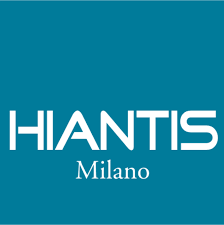Project
The project, now completed on the HiFuture side, aimed to develop a fast software solution for interpreting and managing the results of gene amplification for the papillomavirus. This was achieved using two innovative kits (HPV OncoPredict SCR and QT), which are based on the use of multi-parametric and combined Real-Time PCR technology. These kits allow for qualitative or quantitative, genotype-specific typing of 13 or 12 oncogenic HPV genotypes, as part of cervical cancer screening and follow-up. The kits operate on two analysis levels (screening and typing), for both manual and automated use with varying sample sizes. For these reasons, the client requested the development of software that is flexible in terms of input raw data format and capable of automated analysis.
Client

Industries
Our added Value
The software, developed by HiFuture for Hiantis, allows the parallel processing of clinical sample results and delivers infection and carcinoma risk diagnoses within minutes. The diagnoses are based on a Machine Learning model that has been validated and trained on data manually analyzed by specialists in certified clinical studies. The modularity of the software enables the integration of additional models for different viral pathologies alongside the current papillomavirus model.
HiFuture’s expertise in the design and development process, following biomedical industry regulations, ensured the creation of all necessary documentation for inclusion in the device’s technical dossier, intending to secure its IVDD certification.
Results
The project has achieved the expected results, and the software has been CE-IVD certified. It has been validated against the manual quantitative reading method used as the gold standard and is now undergoing continuous validation by the client.